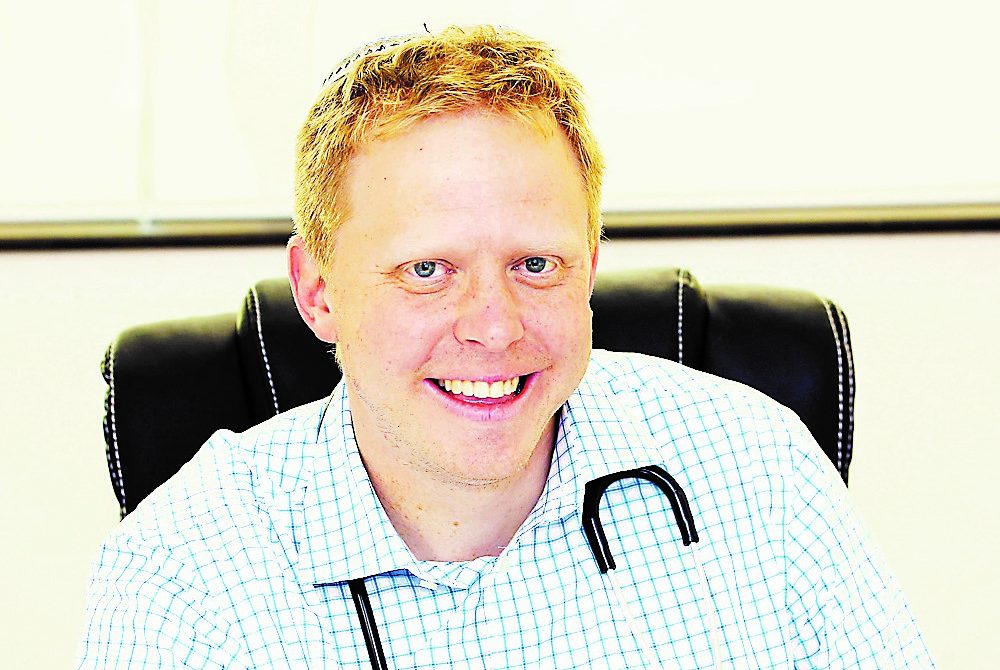click to dowload our latest edition
CLICK HERE TO SUBSCRIBE TO OUR NEWSLETTER


Published
3 years agoon
A diabetic man enters my office, and instead of unveiling his quarterly collection of diabetes questions in order to receive reassurance, today he has only one query: “Is COVID-19 under control in your practice doc, and is it going to stay that way?”
This patient isn’t alone. This is perhaps the foremost question in all of our minds today. Its answer has direct and far reaching consequences.
I can report that the percentage of positive PCR swabs (COVID-19 tests) we are receiving pale into insignificance compared to the past six months. My practice has assisted 205 COVID-19 positive patients this year, many of them through telemedicine.
In the past month, only six cases have contributed to this number. Lest you turn the page now and walk away with a skewed idea that COVID-19 is over, let me quickly state that as optimistic as I am, I’m equally concerned.
The synopsis of the current COVID-19 situation in South Africa is a wonderfully positive picture, with a possible future threat. At the height of the pandemic in June, the COVID-19 doubling time was 14 days. Every 14 days, the number of actively-infected individuals would double. Today, the doubling time is roughly 79 days.
At the height of the pandemic, our country had 13 000 new cases a day. We are currently experiencing 1 000 to 1 800 new daily cases countrywide.
I conducted a poll across Gauteng GPs over the past two weeks, and 80 of them (including most of our community’s bigger GP practices) took part. Fifty-five of them hadn’t seen any COVID-19 cases in the past week, and 47 in the week before that. How encouraging is it that 65% of doctors (primarily in Northern Johannesburg) haven’t had any COVID-19 cases in the past two weeks!
However, anecdotally, the few currently positive patients I do have in my practice all contracted COVID-19 at family gatherings on Rosh Hashanah. The Hatzolah Wellness Programme has also experienced an uptick in cases this October, which it also attributes to increased social contact over the yom tov period.
Worldwide trends bear evidence to this concept. Europe has experienced a dramatic escalation in infections since mid-August. Public-health experts have put these escalations down to increased travel over Europe’s summer, and younger people wanting to return to normal life and socialising.
Israel has followed suit. This week, there have been 5 000 to 7 000 daily new cases of COVID-19 in Israel. This is proportionately four times larger than the highest daily numbers we have seen in South Africa to date.
Noteworthy though, Italy, which had the most devastating COVID-19 outbreak with the most deaths in the infancy of the pandemic, hasn’t experienced a similar second wave. With a population of 60 million, Italy is now experiencing only 2 000 new cases a day in its second wave.
This low infection rate isn’t attributable to herd immunity, which is still unreachable, but voluntary public adherence to social distancing, sanitising, and mask-wearing.
The left-wing government and right-wing opposition in Italy have together promoted this behaviour. The Italian public, scarred by the memories of bodies being transported out of cities that couldn’t cope with the deaths in the first wave, continues to wear masks and carry sanitiser in outdoor areas, both not obligatory practices. Self-imposed lockdowns continue with restaurants empty, and life purposefully not “back to normal”.
About 120 countries have already hit a second wave. Half of these countries are experiencing a larger number of cases or more severe disease than in their first wave. The mean time from the peak of the first to second wave is 55 days.
Professor Abdul Karim, the chairperson of the Ministerial Advisory Committee on COVID-19, and an expert epidemiologist recently told me that since South Africa’s cases peaked in mid-September, he predicts a second wave on our shores in mid to late November unless we sustain our non-pharmaceutical preventative measures.
What practical behaviour must we continue to adopt to prevent a second wave? Ideally, our community members shouldn’t spend time with anyone who doesn’t live under the same roof. Certainly, staying home saves lives.
However, no statistic – however alarming – will influence a grandmother pining for her grandchildren to stay away indefinitely. We have, indeed, had one of the highest adoptions of social distancing in Jewish communities across the world. We should be proud of this, and continue to practice it. I believe it’s incumbent upon the healthcare leadership to guide the community in terms that are achievable for its members.
The basic concepts still apply. Limit your social contact as much as possible. Where you decide social contact is necessary, ensure it’s only with asymptomatic people in well-ventilated spaces with masks worn and social distancing kept.
Masks have unequivocally been shown to reduce the spread of COVID-19 in spite of anti-maskers insisting they don’t. Cleaning hands remains mandatory. Meals are the most challenging interaction, and should be attempted only after screening attendees, and in large enough spaces with excellent ventilation.
Food and drink should be pre-dished, and not passed between people. Let’s keep up our guard, and follow Italy in preventing a second wave. We’ve experienced enough trauma as a community to enable us to take the Italian position in keeping up safe behaviour. This is the only way to prevent further COVID-19 spikes.
